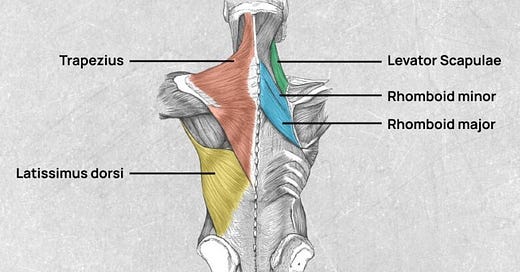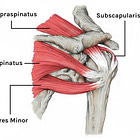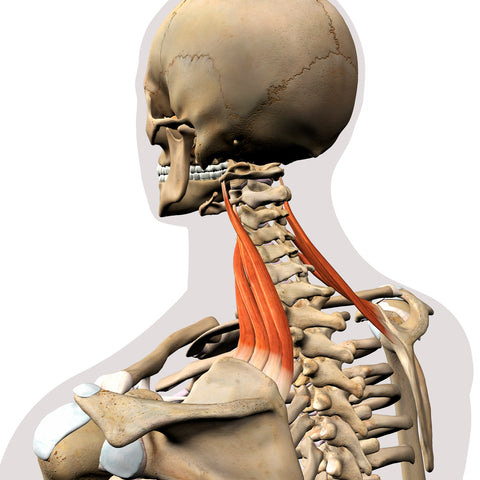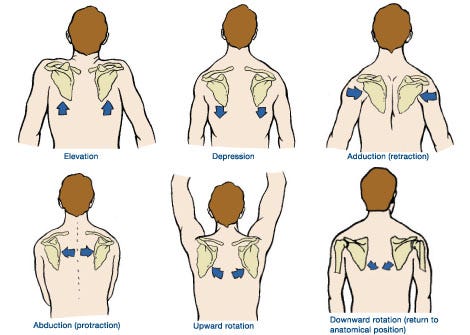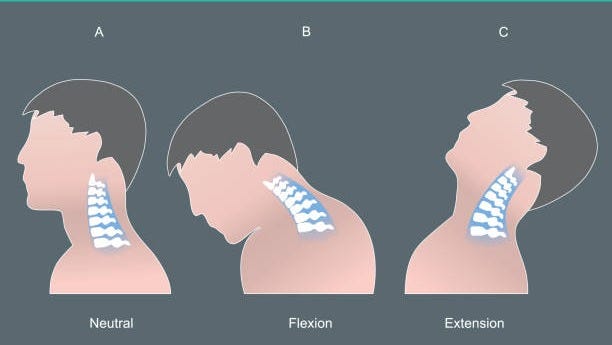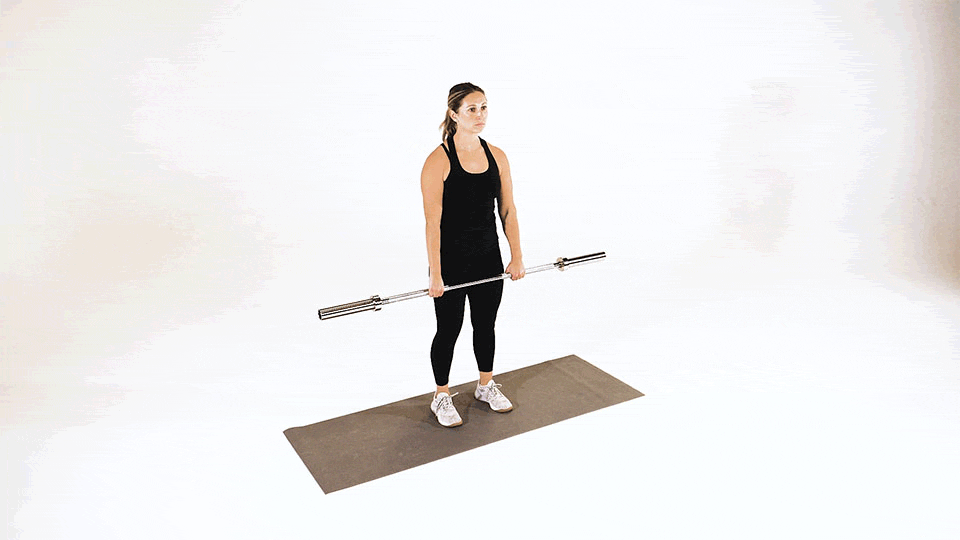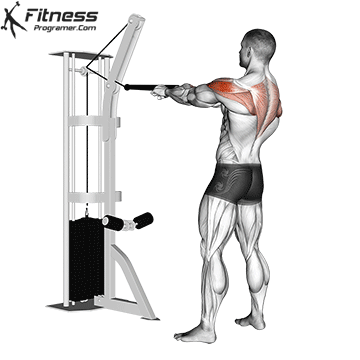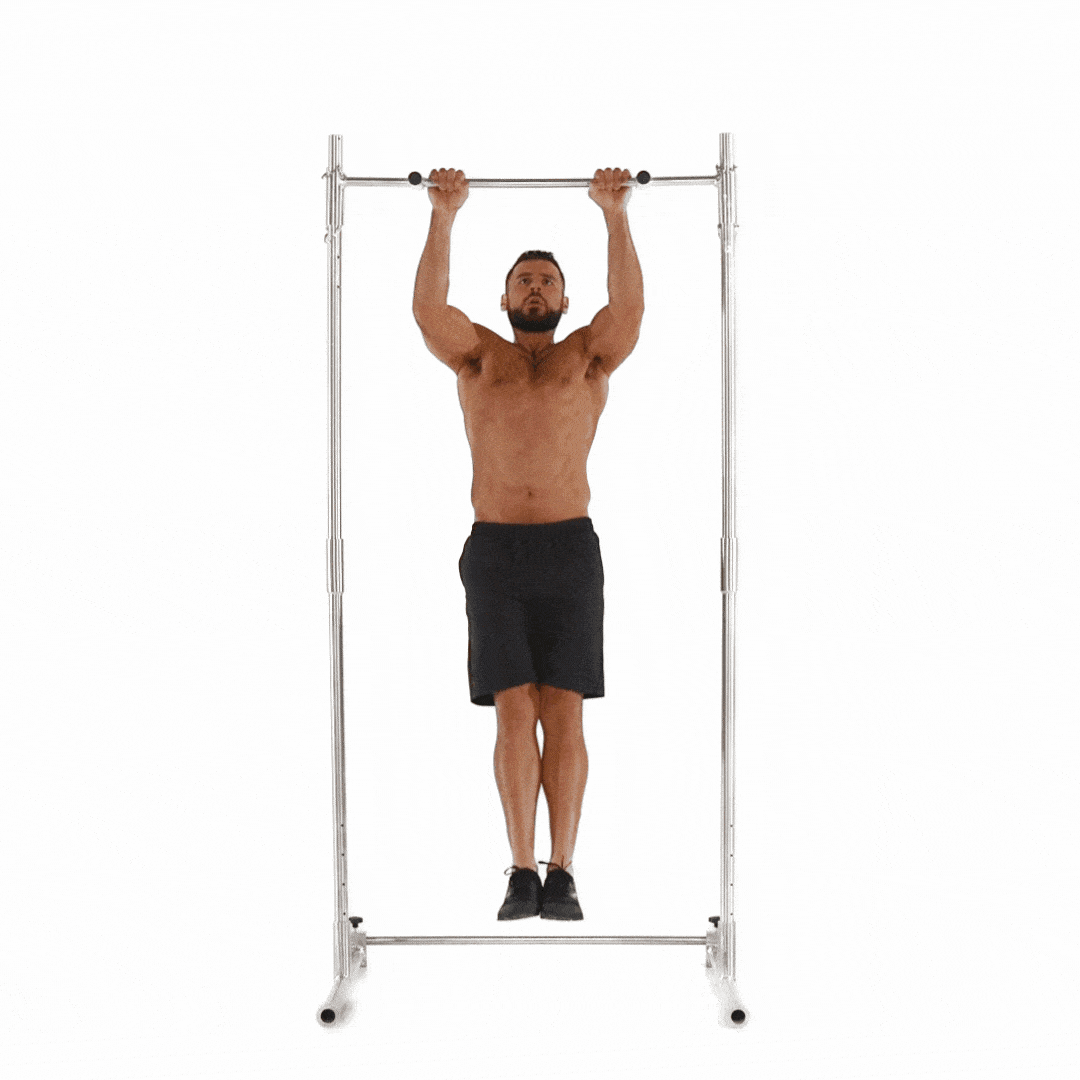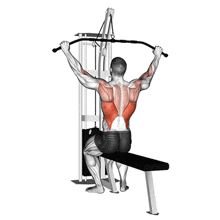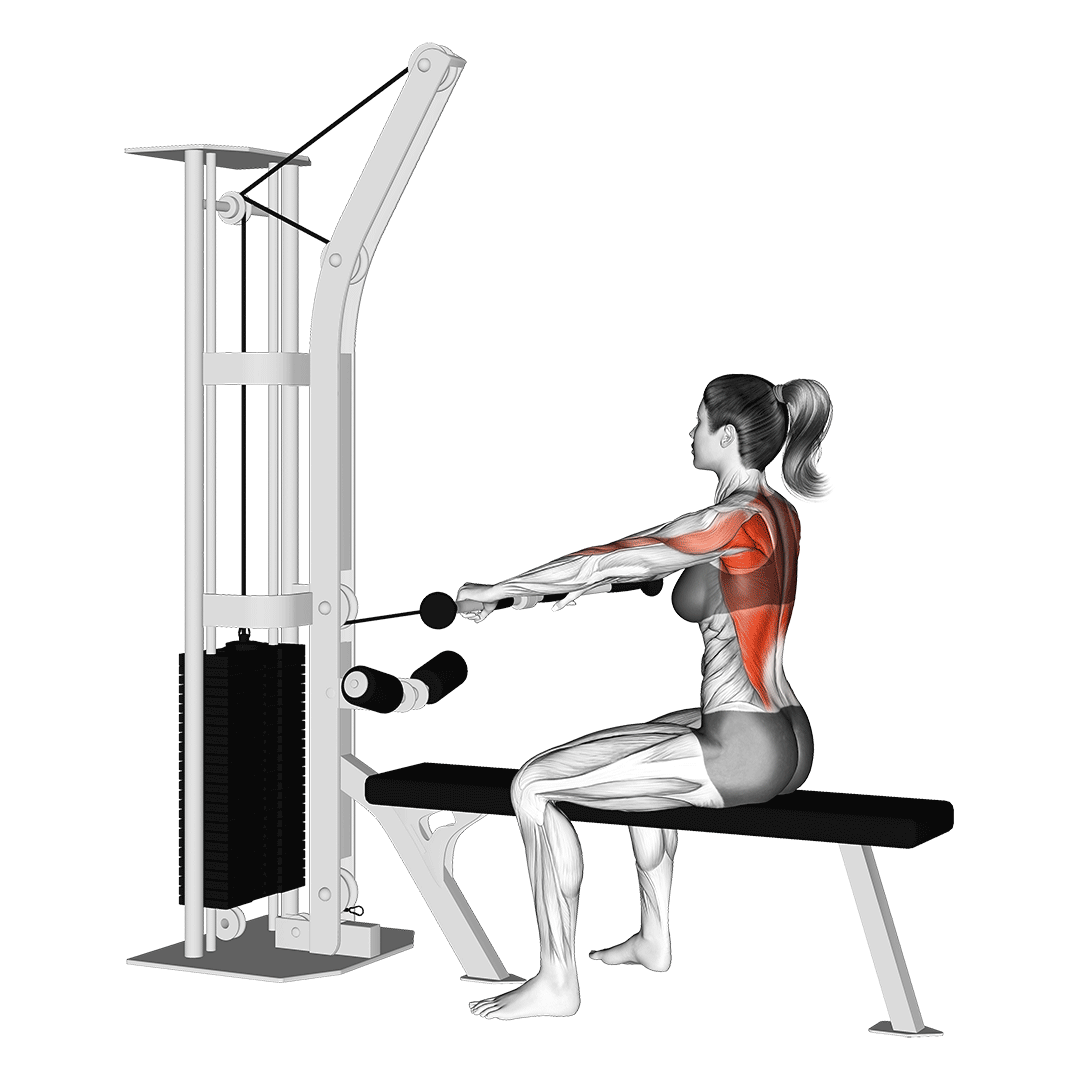One thing we all have, yet we never see ourselves without the help of a mirror….
Get your minds out of the gutter. I’m talking, of course, about our back. So far in this series, we have explored the major muscles of the lower leg, thigh, buttocks, chest, arms and trunk. However, we haven’t looked at the back muscles in great detail. Whether for aesthetics, function, posture, or athletic performance, we could all benefit from a stronger back, so let’s get started.
Housekeeping
As always, some quick bits and pieces are needed before we get into the newsletter. Firstly, last week’s look at the rotator cuff has been a big hit! If you’re new to my work, and fancy taking a look, hit the button below.
Secondly, you can download my FREE guide: 20 Habits to Change Your Life. If you want to access this, tap or click here.
Finally, a reminder:
You can get 10% off your Awesome supplements by using the code ‘EZEP’ at checkout. More information can be found at the bottom of the page.
Muscles of the upper back
Previously, we have explored the deep erector spinae muscles which play an important role in posture and stability. Today, we are going to look at the superficial back muscles. These are the muscles which are closest to the surface of the skin and easy to palpate. They are as follows.
Trapezius
More commonly known as the ‘traps’, the trapezius muscle is a large and flat muscle which runs from the back of the neck, out toward the shoulders, and down to as far down as the 12th vertebrae at the bottom of the ribcage.
It can be divided into three further sections:
Upper trapezius
Middle trapezius
Lower trapezius
If you’ve ever spent all day at a desk and needed someone to massage your neck or shoulders in the evening, then the trapezius is probably the culprit. Perhaps now more than ever, our reliance on phones and technology is increasing the strain on the trapezius muscle due to poor posture such as the ‘tech neck’ or ‘text neck’. It may also be the reason behind tension headaches.
Latissimus dorsi
More commonly referred to as the ‘lat(s)’. And yes, the ‘lat machine’ that you use in the gym is called a ‘lat machine’ because it primarily uses the ‘lat’ muscle. The ‘lat’ is NOT short for ‘lateral’ as this means ‘to the side’. Anyway, rant over…
The lat muscles are also sometimes known as the ‘wings’ because they join the upper arms (specifically the humerus) to either side of the torso, making them the largest muscles of the upper body, and justifying the Latin translation of the name to ‘broadest muscle of the back’. The muscle is also incredibly long, as it slightly overlaps the lower trapezius muscle, then runs down to the pelvis, and eventually stops at the sacrum.
Rhomboids
The rhomboid muscles lie deeper than the trapezius muscles and join the two shoulder blades to the spine. Weak rhomboids are often the main cause of rounded shoulder posture and upper back pain. They also play a role in the condition known as ‘winged scapula’ which we looked at a few weeks ago.
When illustrated, as in the picture below, you’ll notice that the rhomboid muscles are also sub-divided.
The rhomboid major is much larger and inferior (lower down).
The rhomboid minor is smaller and superior (higher up).
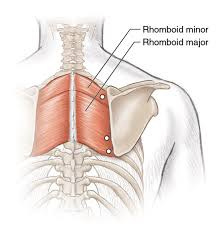
Levator scapulae
The levator scapulae muscles run from the very top of the neck, at the C1 vertebra, down to the shoulder blades, or scapula. It is slightly deeper than the trapezius but is still considered a superficial muscle of the back.
Again, this muscle can become unhappy if we spend the majority of the day under poor posture at a desk and may mimic a tension headache if it becomes tight due to these conditions.
Functions of the superficial back muscles
Oftentimes, the back muscles are associated with ‘pulling’ movements. Let’s take a closer look at the actions of each muscle.
Trapezius
Since there are technically three sub-sections of the trapezius, each section also has a slightly different role. Due to the size and location of the muscle, many of these actions directly affect the scapula and neck. I have included an image of the key movements below this section.
The upper trapezius fibres elevate the scapula. They are also responsible for the rotation of the head, and extension of the neck.
The middle fibres have the additional responsibility of scapula retraction.
The lower fibres retract the scapula, but also depress it and rotate upward.
Latissimus dorsi
As the largest muscle in the upper body, the lats are responsible for a wide range of movements. Due to its size, it helps other muscles with movements on a wide range of bones and joints.
It can act on the shoulder to produce arm extension, adduction, and internal, or medial, rotation.
It is also vital for vertical pulling movements, such as pull-ups or chin-ups.
Separately, it is used when coughing, sneezing, or deep breathing, demonstrating its importance across a range of functional and vital actions.
Rhomboids
The rhomboid muscles act exclusively on the scapula. They are responsible for retraction, rotation, and elevation of the shoulder blade. The image below the trapezius section demonstrates these movements nicely.
Levator scapulae
No surprises for guessing this one! As the name suggests, the levator scapulae are also responsible for scapula elevation. However, it also plays a role in downward rotation.
Injuries and conditions
Aside from strains and muscular tears, there are some, mostly posture related conditions which are exacerbated by weak, or tight superficial back muscles. I have briefly outlined these below.
Cervicogenic headaches
As the name suggests, cervicogenic headaches originate in the cervical area of the back - the neck. This pain radiates up the neck until it reaches the head, worse on one side than the other. Aside from the obvious headache pain, sufferers also note that one side of the neck tends to be more sore than the other, and sometimes pain can be felt down the arm, too.
Poor posture may be a cause of cervicogenic headaches, and sufferers note that moving the head and neck during the headache makes symptoms worse. More often than not, these individuals have physically tender and tight trapezius muscles.
Forward head posture
We already briefly touched on ‘tech neck’ or ‘text neck’. This type of posture is characterised by the head being further forward than the neck and tends to be common in younger generations who spend a lot of time at desks, and their phones. However, it may also appear due to weak back muscles, especially as we get older. It is also often accompanied by rounded shoulders.
As previously mentioned, this poor posture can directly lead to headaches, as well as tightness in the upper back muscles, numbness down the arms, and discomfort as far down as the lower back.
The best way to improve forward head posture is the strengthen the muscles that help to bring the head and shoulders back. These include the rhomboid and trapezius.
Many workplaces are required to show workers how to set up their desks to prevent poor posture. The general guide can be found in the image below.
Whiplash
For most of us, whiplash is associated with car crashes. The sudden deceleration of a collision causes the head and neck to quickly shoot forward and backwards, putting severe strain on the surrounding muscles and connective tissues.
Symptoms often include neck pain and stiffness, headaches, dizziness, jaw pain, tingling and numbness.
Due to the nature of the injury, prognosis can vary widely. Some individuals can recover relatively quickly, whilst others will suffer from chronic, long-term pain and discomfort, as well as the psychological difficulties which can accompany such a potentially distressing injury.
Strengthening the superficial back muscles
Since the muscles we have looked at primarily focus on pulling actions and manipulating the scapula, the following exercises might be of benefit. They are a nice mix of horizontal and vertical pulls, using a range of equipment.
Barbell (or dumbbell) shrugs
Cable (or band) face pull
Pullup or chin-up (band assisted if needed)
Lat pull machine
Machine, cable, or band seated row
Thank you so much for taking the time to read this newsletter. We are coming to the end of the Muscle Monday series, so if you have any last-minute requests for muscles to look at, please do comment below.
As always, please do share this post far and wide by clicking or tapping below. I continue to write these in my spare time, and we have gained 600 subscribers in the past month or so alone. I shall be releasing some paid-subscriber-only content for those who so kindly pay the small fee to help support these articles in a short while.
See you soon!

